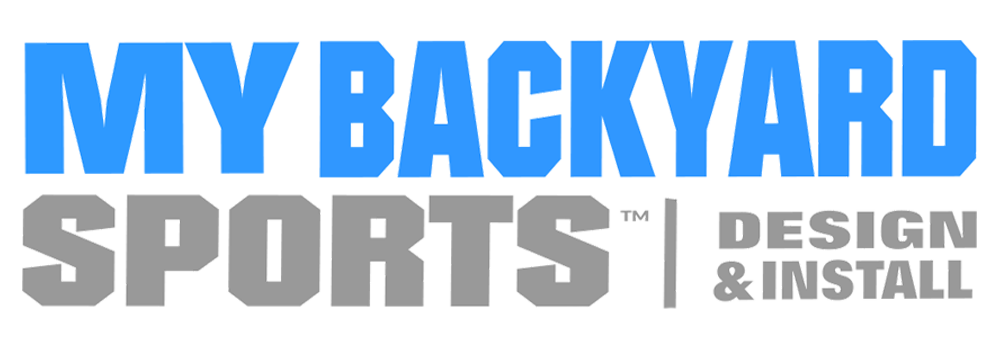HOW TO PROPERLY MEASURE A BASEBALL DIAMOND
HOW TO PROPERLY MEASURE A BASEBALL DIAMOND
While enjoying the sports game, it’s very easy to neglect the size of the field. Fields all across the world are different in terms of their outfield fences, baselines distances, and the pitching rubber. Every field constructed is not the same. The distance of a baseball field makes the sport exciting and perfect for creating suspense on its path. However, the general difference that can be noticed by spectators is the field design and its level of maintenance.
When starting to develop a baseball field, it is important to have a suggestion from all parties that will be working in the field(s) development. When planning, the size of the field may be difficult to determine, measurement must be accurate, and the layout must meet the regulation standards whether it’s a Professional Field or a Little League Field.
For all measurements listed, the starting point is the back of the home plate (the white part, not the black rubber). That’s the pointed part that goes toward the catcher and backstop. Here’s how to measure baselines:
- Home plate to first base — Measure should start from the back white part of the home plate to the back corner of first base.
- First base to second base — Measure should start from the back corner of first base to the exact middle of second base.
- Second base to third base — Measure should start from the exact middle of second base to the back corner of third base.
- Third base to home plate — Measure should start from the back corner of third base to the back of home plate.
If the field will host a tournament or you are planning to host a particular age group for a tournament, you need to know the league standard; It will help you to determine the proper potential field sizes.
Field Sizes and Dimensions
There are different steps to build a field, and the primary consideration is the type of field you intend building which will depend mainly on the budget for the project. Whether Little League Baseball Field Dimensions or High School, College, and Pro Baseball Field Dimensions, when choosing the type of field you plan to construct, you must ensure that the field sizing is properly measured.
- Here are the regulation field Dimensions
Little League Baseball Field Dimensions
- Baseline — 60 feet
- Home plate to second base — 84 feet 10 ¼ inches
- Home plate to front of pitching rubber — 46 feet
- Infield arc radius — 50 feet
- Home plate to backstop — 25 feet
- Foul lines — 200 feet minimum to outfield fence
- Center field fence — 275 feet
High School, College, and Pro Baseball Field Dimensions
- Baseline — 90 feet
- Home plate to second base — 127 feet 3 3/8 inches
- Home plate to front of pitching rubber — 60 feet 6 inches
- Infield arc radius — 95 feet
- Home plate to backstop — 60 feet
- Foul lines — 325 feet minimum to outfield fence
- Center field fence— 400-plus feet
Again the above are the regulation standard dimensions to consider when building the field. It is paramount to get it correctly done. There could be other construction issues such as seating for fans, concession areas, restrooms, etc. You will need the service of a reputable baseball field consultant to help guide you through the process.
